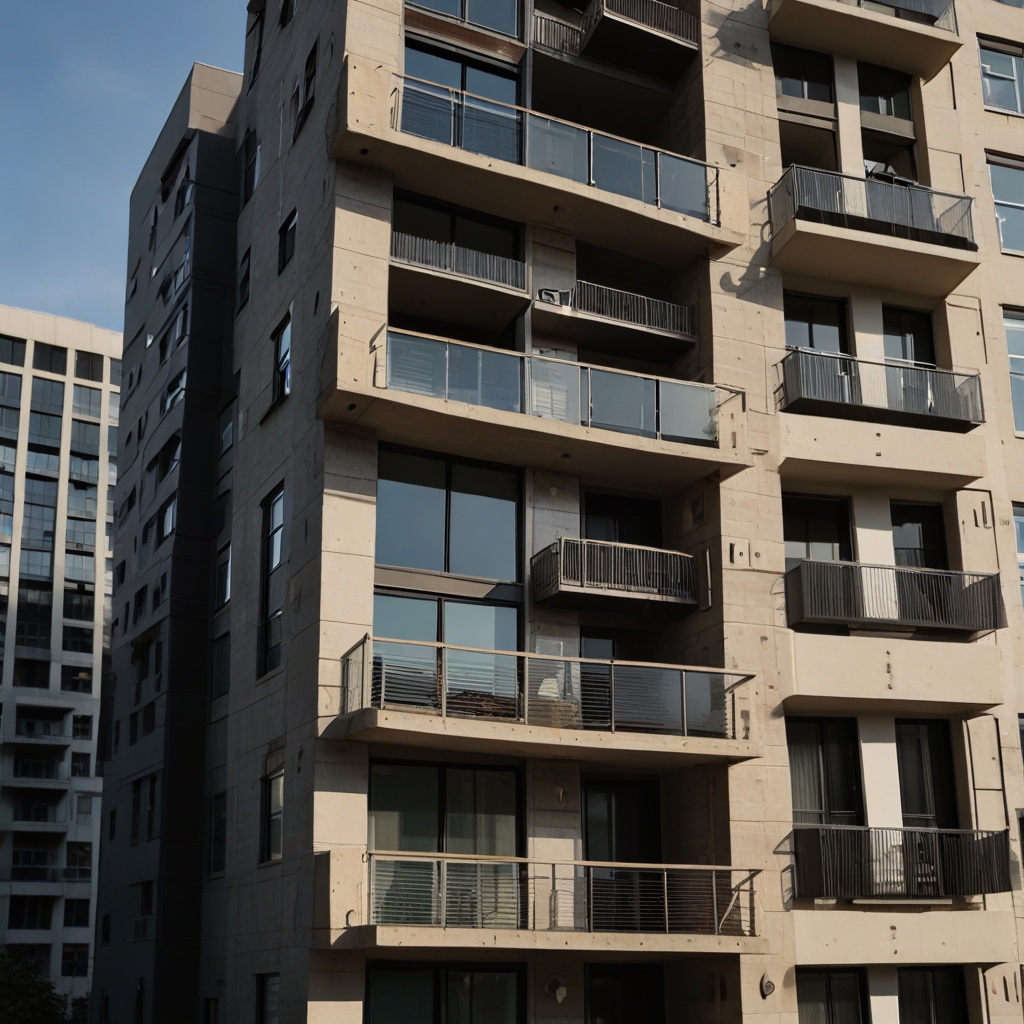
Harnessing social media for rental property marketing efficiently boosts exposure and attracts potential tenants through Instagram Reels and virtual tours. Utilizing diverse platforms for promotional purposes ensures that landlords and property managers can handle the competitive market and achieve the visibility their properties deserve through effective social media analytics. SilverHomes.AI tenant screening service, recognized for expertise in harnessing social media for rental property marketing, also offers valuable analytics and cross-platform marketing solutions.
Facebook Marketplace significantly increases local visibility for rental properties by connecting landlords to the local community through social proof marketing. Best practices include providing clear, concise listings with high-quality photos and accurate property details utilizing content creation tools. To track engagement on Facebook Marketplace posts, landlords can utilize the built-in analytics tools, which offer insights into the number of views, shares, and messages received about each listing. A 2023 study showed that an effectively managed Facebook Marketplace presence can amplify tenant inquiries by up to 30% through proper hashtag strategy.
The optimal character length for a Marketplace description is around 250-300 characters, ensuring clarity while involving critical details through LinkedIn property marketing. Descriptions of this length usually attract around 500 views if well-optimized with proper social media scheduling. Optimized descriptions can result in a 20% increase in inquiries, providing a competitive edge and better market presence through effective digital lead generation.
High-resolution images and well-lit rooms are the essential elements of successful rental property marketing campaigns that attract more viewers. Property managers should aim to post property videos and Instagram Stories bi-weekly to maintain engagement. Instagram and Pinterest are the most effective social media platforms for marketing rental properties, offering a visually engaging environment that highlights the property's best features.
An effective range for photos per listing is typically around 8-10, ensuring comprehensive coverage of the property's features through Pinterest Boards. The ideal length for property video tours is between 2 and 4 minutes, providing a detailed yet succinct view of the property. Approximately 65% of potential tenants prefer video tours over photo galleries, indicating the effectiveness of this medium in engaging prospective renters through TikTok marketing.

| Aspect | Percentage |
|---|---|
| Increased reach | 80% |
| Engagement with potential tenants | 65% |
| Cost-effectiveness | 75% |
| Conversion rate | 70% |
| Brand awareness | 85% |
| Lead generation | 60% |
Setting up a targeted ad on social media starts with selecting your audience demographics through geo-targeting strategy, such as location, age, and interests, which optimizes your campaign's reach to potential tenants. This precise targeting approach enhances the efficiency of the property ads, delivering improved results through social listening tools. The cost of social media advertising for real estate varies, but average expenses can range from $200 to $800 per month depending on the platform and scope of the ad campaign. Facebook often provides the best ROI for real estate ads, thanks to its extensive user base and sophisticated targeting options.
The average social media ad campaign costs about $500, providing a good entry point for implementing effective digital marketing strategies to advertise rental properties. This investment often results in a conversion rate of around 2-5%, indicative of how many viewers take a further step such as inquiring or booking a viewing. Typically, such a campaign generates approximately 50 leads, ensuring quality interactions with potential renters and increasing the likelihood of signed leases.
Engaging with the community online is best done by promptly responding to comments and queries through community management tools, which shows attentiveness and promotes a positive reputation. Landlords and property managers should aim to respond to social media interactions within 24 hours to maintain engagement and rapport. The recommended tone for replies should be professional yet approachable, optimizing the response impact and building trust with prospective tenants.
Responding to about 60% of comments can effectively address most tenants' concerns without overwhelming the property manager. On average, community interaction on social media takes about 5 to 10 hours per week, allowing for the maintenance of active and engaging online presence. Users generally expect a response within one day, and meeting these expectations increases tenants' satisfaction and helps maintain a reliable online profile.

Property managers identify vibrant online rental communities by their activity levels and engagement metrics to enhance property marketing strategies. Active rental communities showcase daily posts, robust interactions, and frequent FAQs about leasing options, serving as a prime signal of their effectiveness. To measure the impact of community engagements, property managers track the engagement rates on posts and note any increase in queries through various social media monitoring tools.
Only about 10-15% of community posts should be promotional to avoid overwhelming the audience in 2023. An active rental community should ideally have over 1,000 members to ensure a wide reach. Typical results might show that for every 100 posts in a well-engaged community, property managers can expect around 5 to 10 solid leads, proving its utility in rental property marketing.
Property managers approach influencers for collaboration in the rental marketing sphere by initiating contact with a tailored proposal highlighting mutual benefits and common goals. Selection criteria for property management influencers include their follower demographics, engagement rates, and relevance to the rental market. The ROI from these collaborations is measured by tracking referral traffic and conversion rates from influencer promotions, which consistently demonstrate significant improvements in tenant acquisition and leasing rates in 2024.
Influencer partnerships, when well-targeted, can dramatically enhance the visibility of rental properties at a relatively low cost compared to traditional marketing methods. Analysis from 2023 indicates an average 20% increase in inquiries from prospective tenants following influencer endorsements, highlighting their efficiency and cost-effectiveness in digital marketing strategies.